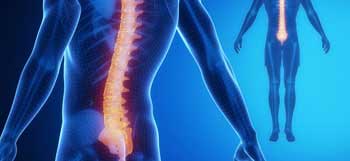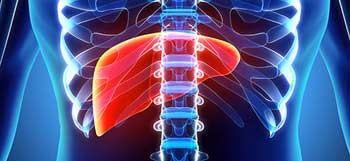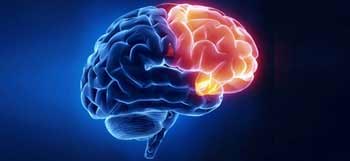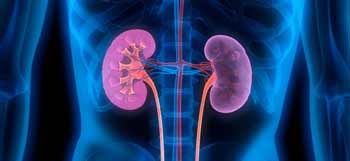![]() info@stemcellcure.in
info@stemcellcure.in![]() +91-9650988899
+91-9650988899![]() +91-9891404143
+91-9891404143
Knee Cartilage Defect
Knee Cartilage Defect
Stem cell therapy for knee cartilage defect
What is Cartilage?
There are several types of cartilage in your body. Cartilage is found in the supporting structure of your nose, ears, ribs, and on the surfaces of joints. A joint is a bending point where two bones meet. The knee, hip, and shoulder are the three largest joints.
The specialized covering on the ends of bones that meet (articulate) to form a joint is called hyaline or articular cartilage. It is the cartilage that wears when we overdo, age, or sustain an injury. Articular cartilage is unique in that it has no nerves or blood supply. This means that human tissue cannot heal without a blood supply so articular cartilage cannot repair itself.
Surgical Procedures
Many procedures to restore articular cartilage are done arthroscopicaly. During arthroscopy, your surgeon makes small puncture incisions around your joint using an arthroscope.
Some procedures require the surgeon to have more direct access to the affected area. Longer, open incisions are required. Sometimes it is necessary to address other problems in the joint such as meniscal or ligament tears, when cartilage surgery is done.
In general, recovery from an arthroscopic procedure is quicker and less painful than a traditional, open surgery.
The most common procedures for cartilage restoration are:
• Microfracture
• Drilling
• Abrasion Arthroplasty
• Autologous Chondrocyte Implantation
• Osteochondral Autograft Transplantation
• Osteochondral Allograft Transplantation
Treatment of Cartilage Defect using Mesenchymal Stem Cell Therapy :-
These all are the techniques which have discussed above useful only for small cartilage defect and not suitable for major cartilage defect because they form fibrocartilge which is not rigid to support complete weight.
Mesenchymal stem cell transplantation by using arthroscopic technique is another good option to treat major cartilage defect repair because mesenchymal stem cell has the property to regenerate cartilage again which can support complete weight after some times. We transplant mesenchymal stem cells (mix with hyaluronic acid) into cartilage defect area by using arthroscopic technique. The goal of stem cell transplantation is to allow people suffering from “articular cartilage damage” to return to their old lifestyle, regaining mobility, going back to work and even practicing sports again.
Post-operative Treatment
A. After the procedure
1. The knee should be in a brace for 4 to 6 hours to lock it straight out.
2. After six hours, initiate exercise using continuous passive motion therapy. The passive motion helps to prevent stiffness in the knee joint while nourishing the cartilage and prevent the formation of adhesions.
3. Before leaving the treatment facility, the patient must be advised regarding his/her knee so as to minimize weight on the healing knee.
B. Leg Brace
1. A leg brace is recommended for the first two to four weeks-even while asleep.
2. Bracing the leg protects it from movements that might injure the knee, including twisting and turning.
3. The brace should be removed during continuous passive motion therapy.
C. Physical Therapy
The doctor should advice specific physical therapy exercises, lists of do’s and don’t’s and crutches which help restore motion to the knee.
D. Pain Management
The first week after surgery is usually the most uncomfortable; the doctor should recommend an individual pain management regimen. After the first week, medication may only be necessary before physical therapy exercises and at bedtime.
E. Normal activity
1. While the length of the recovery depends on many factors, most patients can perform normal activities like walking or driving relatively quickly.
2. How soon one can return to work or other activities depends on how much stress those activities place on the healing knee.
3. Patients may return to various sport activities as progress in rehabilitation and cartilage healing allows.
General guidelines:
1. Off crutches by 8-9 weeks
2. Walk for 30 minutes by 12 weeks
3. Low impact sport at 6 months
Follow-up with patients:-
Our medical staff members will be in contact with patients to get complete follow-up at 1, 3, 6 month intervals to monitor all the evaluation.
Scientific Papers:-
1. Wakitani et al. 2002 (Osteoarthritis and Cartilage). Human autologous culture expanded bone marrow mesenchymal cell transplantation for repair of cartilage defects in osteoarthritic knees
If you have any queries related to stem cell therapy for Knee Cartilage Defect then contact us without any hesitation on our contact numbers:-
Md. No:- +91-9650988899, +91-9891404143
To get quick response, fill our quick contact form……
Contact Us









